Piranhas, known for their sharp teeth and aggressive feeding behavior, are often portrayed as the ultimate predators of freshwater rivers in South America. However, despite their fierce reputation, piranhas are not invincible. There are several animals that prey on piranhas, both in the water and on land. Understanding which animals eat piranhas reveals much about the ecosystem balance of the Amazon River Basin and other regions where piranhas thrive.
In this article, we will explore the natural predators of piranhas, where they live, and how they manage to catch these notorious fish.
Region: South America, primarily in the Amazon and Orinoco basins.
Diet: Fish, amphibians, birds, and mammals.
How They Prey on Piranhas: Caimans are a type of crocodilian native to South America, and they are one of the top predators in the same rivers where piranhas live. Caimans have strong jaws and sharp teeth, making them well-suited to catch and eat piranhas. They are opportunistic hunters and will eat piranhas if they can catch them, typically going after them in shallow waters or when the piranhas are distracted.
Caimans are highly skilled at hunting in the water, and their size and power often give them the advantage over piranhas. Despite the piranha's sharp teeth, caimans are large and tough enough to withstand an attack, making them formidable predators.
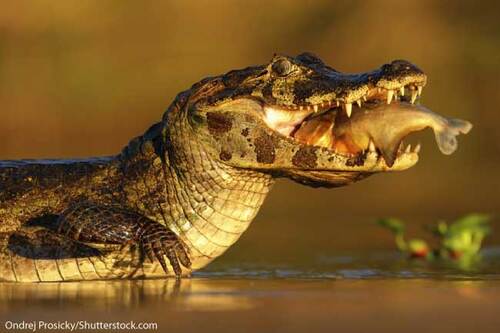
Region: Amazon River Basin.
Diet: Fish, crustaceans, and occasionally small mammals.
How They Prey on Piranhas: The Amazon river dolphin, also known as the boto, is another predator that preys on piranhas. These dolphins are known for their intelligence and agility in the water. River dolphins primarily hunt fish, and piranhas are part of their varied diet. They use echolocation to navigate murky waters and locate schools of fish, including piranhas.
Though botos do not specifically target piranhas, they can and do eat them, especially when other prey is scarce. Their strong jaws and flexible bodies allow them to outmaneuver piranhas and quickly snap them up.
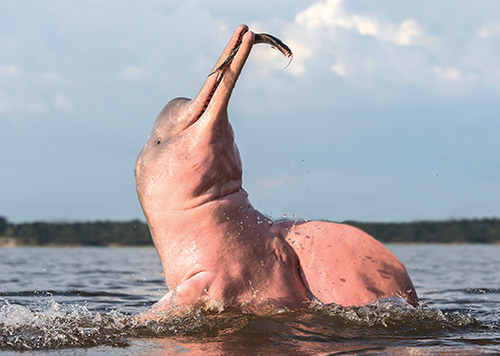
Region: South American rainforests and riverbanks.
Diet: Fish, reptiles, amphibians, and small mammals.
How They Prey on Piranhas: Large birds of prey, such as eagles, herons, and storks, have been known to swoop down and catch piranhas from rivers and lakes. These birds hunt by waiting near the water’s edge, watching for signs of movement. When they spot a piranha or a school of fish near the surface, they dive down quickly and snatch the fish with their talons or beaks.
Birds of prey are particularly adept at catching piranhas during the dry season when water levels are lower, making fish more accessible. Despite the piranha's ability to defend itself in the water, it is vulnerable to aerial attacks.

Region: Amazon River Basin and other parts of South America.
Diet: Fish, crustaceans, and small vertebrates.
How They Prey on Piranhas: Giant otters, one of the largest members of the weasel family, are fierce predators in the rivers of South America. They are social animals that hunt in groups and can easily overpower fish, including piranhas. Their sharp teeth and strong jaws allow them to catch and eat even the most dangerous prey.
Giant otters are fast swimmers and highly coordinated hunters. They can often be seen working together to chase down schools of fish, including piranhas. Their hunting strategy involves chasing the fish into shallow waters, where they can catch them more easily.
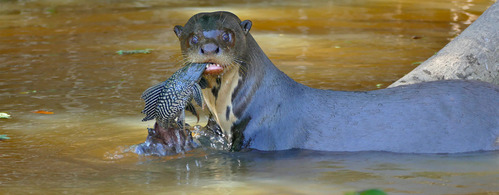
Region: South America.
Diet: Omnivorous.
How They Prey on Piranhas: Humans are one of the most effective predators of piranhas. Indigenous peoples of the Amazon region have been catching and eating piranhas for centuries. Piranhas are often caught using fishing nets or hooks, and their meat is considered a delicacy in some regions.
Despite their fearsome reputation, piranhas are not especially dangerous to humans unless provoked or in rare circumstances. In fact, humans are much more likely to hunt piranhas for food than to be hunted by them.

Region: Freshwater rivers and lakes in South America.
Diet: Omnivorous, including fish, plants, and small animals.
How They Prey on Piranhas: Some species of freshwater turtles, such as the red-footed tortoise and the yellow-spotted river turtle, are capable of catching and eating piranhas. While turtles are slower than most aquatic predators, they can ambush fish in murky waters or snag them during opportunistic feeding.
Turtles generally go after smaller piranhas, which are easier to catch. They rely on their hard shells to protect themselves from the piranhas' sharp teeth, making them more resistant to potential attacks.
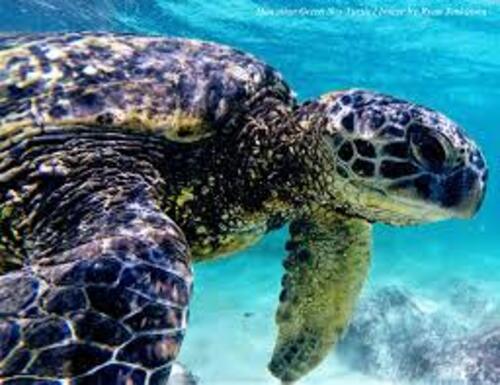
Region: Amazon and Orinoco basins.
Diet: Fish, birds, reptiles, and mammals.
How They Prey on Piranhas: Anacondas, some of the largest snakes in the world, are capable of hunting and eating piranhas. These powerful snakes often lie in wait near the water's edge, ambushing their prey when it comes close. While anacondas prefer larger prey, they will consume piranhas if the opportunity arises.
Anacondas have the advantage of stealth and strength, quickly overpowering smaller piranhas with their coils and swallowing them whole.
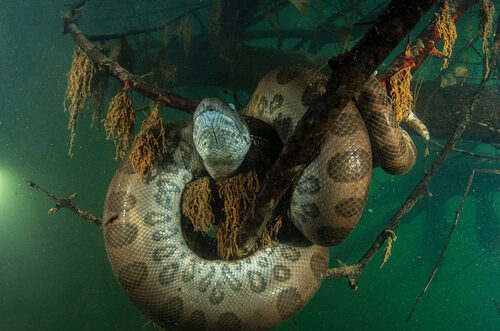
Though piranhas are often thought of as dangerous predators, they have their own natural enemies. Caimans, river dolphins, giant otters, birds of prey, and even humans are all capable of catching and eating piranhas. Each of these animals has evolved unique hunting strategies that allow them to prey on these notoriously tough fish.
The fact that so many animals prey on piranhas highlights the complex food web of the Amazon River Basin and other freshwater ecosystems. Despite their fearsome reputation, piranhas are an important part of the ecosystem, serving both as predators and prey.
Understanding the animals that eat piranhas offers valuable insight into how these ecosystems function and helps dispel some of the myths surrounding the supposed danger of these fascinating fish.
animal tags: fish
We created this article in conjunction with AI technology, then made sure it was fact-checked and edited by a Animals Top editor.